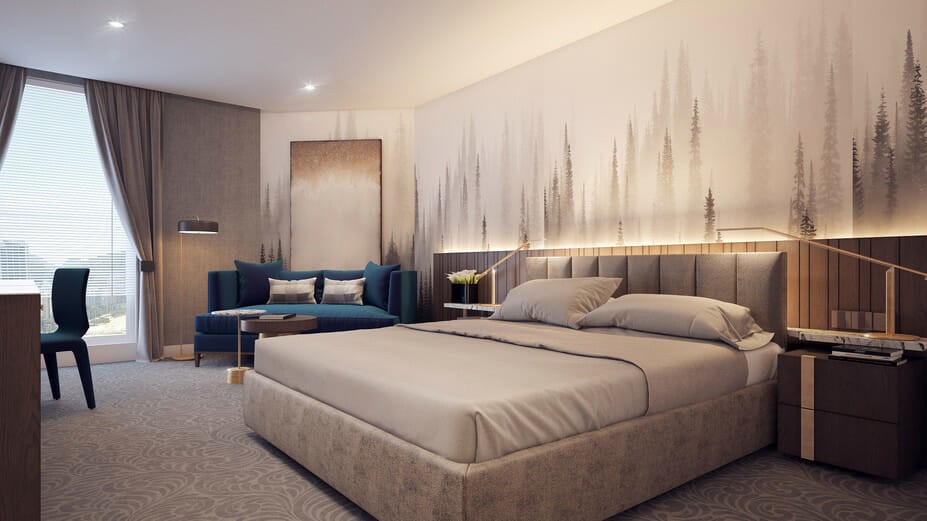The hotel interior design is crucial to delivering a great experience for visitors, planners and their attendees, workers, and anybody else who visits the building. The hotel’s design portrays the target population, expresses the brand’s promise, and highlights all of the amenities available. However, Foyr Neo includes more than just clean lines and pricey furnishings. That is why this guideline created.
Why Are Hotel Aesthetics Significant?
The hospitality sector is very competitive, and bland hotels fail to captivate customers seeking more focused alternatives. Guests pick a hotel that matches their aesthetics, objectives, and vision as to what the hotel should be, whether they realize it or not. Some of the key points for creating the interior design of hotel are.
- Many times, target the sort of visitor you wish to see.
- Highlight the hotel’s features and facilities.
- Assisting you in standing out from your competition
- Encourage the event planners to use your venue.
- Obtain recognition from the community
- Make your brand promise clear.
Some of the basic tips to make the interior of the hotel very much attractive
- Determine your area of expertise in interior design
Good design isn’t supposed to be all things to all people. Instead, seek for the concentration in the fundamentals. Keep that in mind while choosing everything from the overall concept and aesthetics to the colors, furnishings, artwork, and fixtures. Deep soaking tubs, fireplaces, and simple, high-quality furniture and linens reflect this in the interior design. The hotel’s interior design helps customers to instantly identify the hotel’s aims and vision before deciding whether or not to stay.
- Look for a location that highlights local art
Building ties with the community may help hotels achieve new heights of success. Consider whether your location has enough area to showcase local artists and art. This allows your customers to learn more about your city’s culture, form strong bonds with local artists and companies, and significantly improve your hotel’s interior design. Transition places, such as the lobby, dining area, guest rooms, and hallways, are particularly suited for artwork. If you enjoy the collection’s ever-changing ideas, you can also sell your work to your visitors.
- Check your lighting
Hotel lighting is often disregarded, yet it has practical and aesthetic consequences for both guests and employees. Guests will feel relaxed, rejuvenated, and refreshed with the right illumination. Guests may experience tension as a result of poor illumination without even realizing it.
- Designing guest rooms with the future in mind
Interior design is a big expenditure, and you might not be able to renovate your space for a long period. To make your designs live longer, use vintage motifs and furnishings. Keeping the major design elements basic will allow you to reuse your room design in the future. Beds, walls, flooring, bathroom fixtures, and important furnishings are all included. Small furniture, mobile items, and accessories provide individuality and reflect current trends. As the trend continues, you’ll only need to make minor adjustments to keep your room looking current.
Bottom of Form




